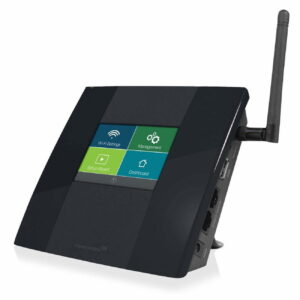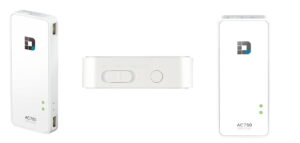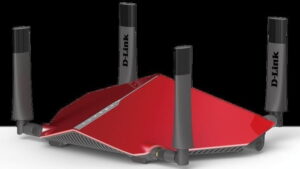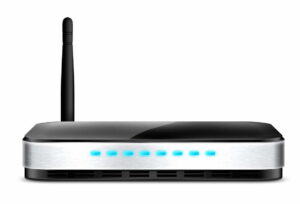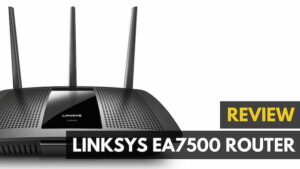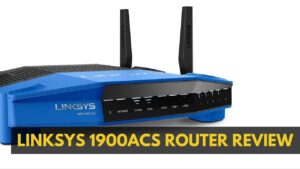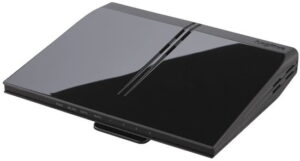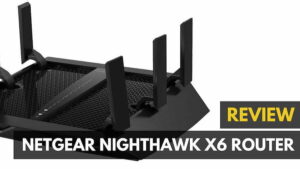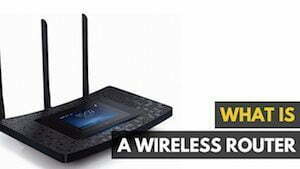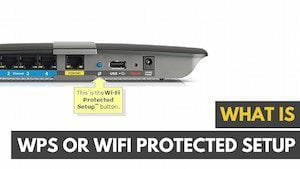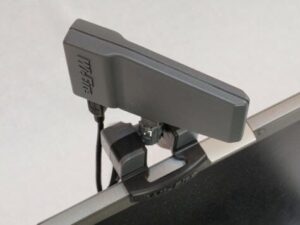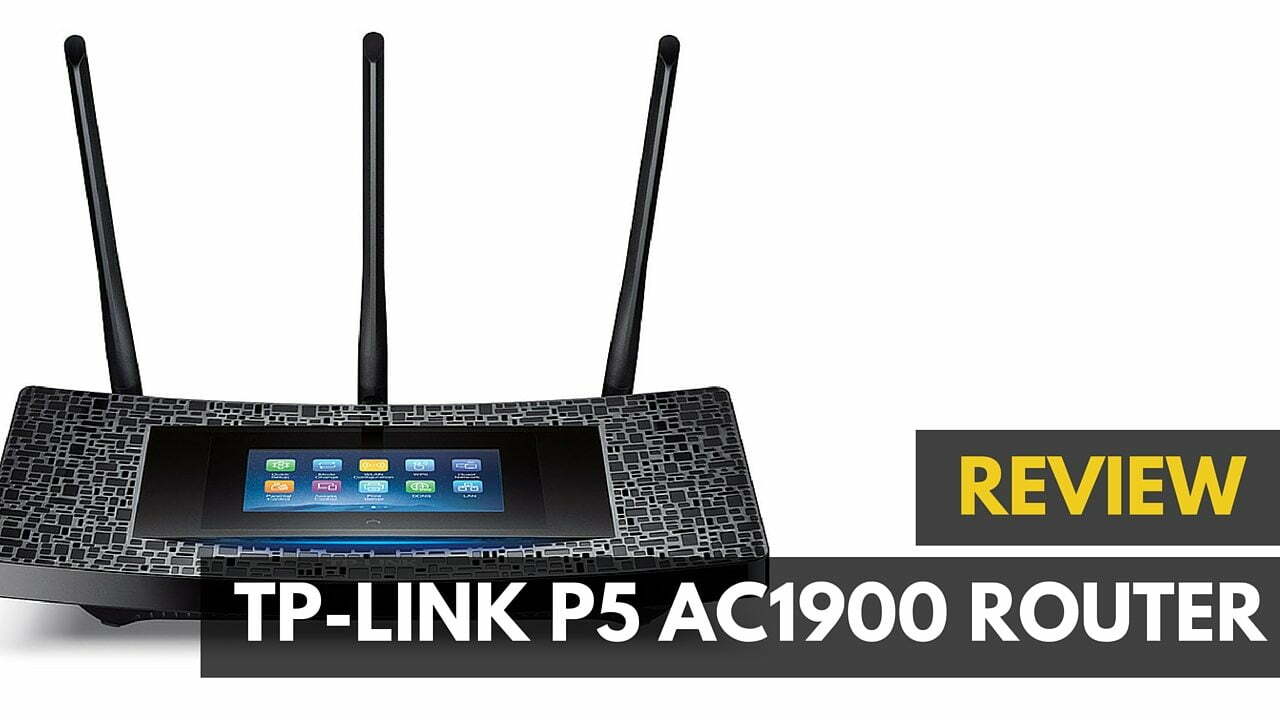
In a marketplace that’s becoming increasingly more and more crowded with devices that don’t have enough extra features to distinguish themselves from the competition, entries like TP-Link’s touchscreen-enabled wireless router are a refreshing take on a decades-old piece of technology. Like the TP-Link Archer C5400X Router. You will be amazed to know we also have the Shopping Guide for Wireless Routers for you. It has some excellent features that make it a top-rated router.
But will its shiny gimmicks be enough to make up its lackluster download speeds and shoddy wireless reliability? Read on in our review of the P5 to find out.
Overview
Price: $199
Availability: Staples
Summary: While the TP-Link P5 touchscreen wireless router makes some innovative in-ways with its unique design, the gimmick isn’t enough to make up for its lacking performance and speed.
What We Liked
- The touchscreen is a fun, unique addition to a market that’s grown stagnant in design
- Setup was a breeze thanks to the onboard touchscreen
- User-friendly (to a fault)
What We Didn’t
- For a router at this price, the performance was just under half of what we found in competing products
- Speed and reliability between obstacles was spotty
- Couldn’t hold a signal at distances greater than 30ft
Setup/Installation
As soon as you open the packaging, you’ll realize where the true innovation of the P5 lies. Emblazoned right across the top of the device, users will find the P5’s quintessential defining feature: a full-color 4.3″ capacitive touchscreen that you can use to do everything from configuring the initial set up to changing your WiFi password on the fly.
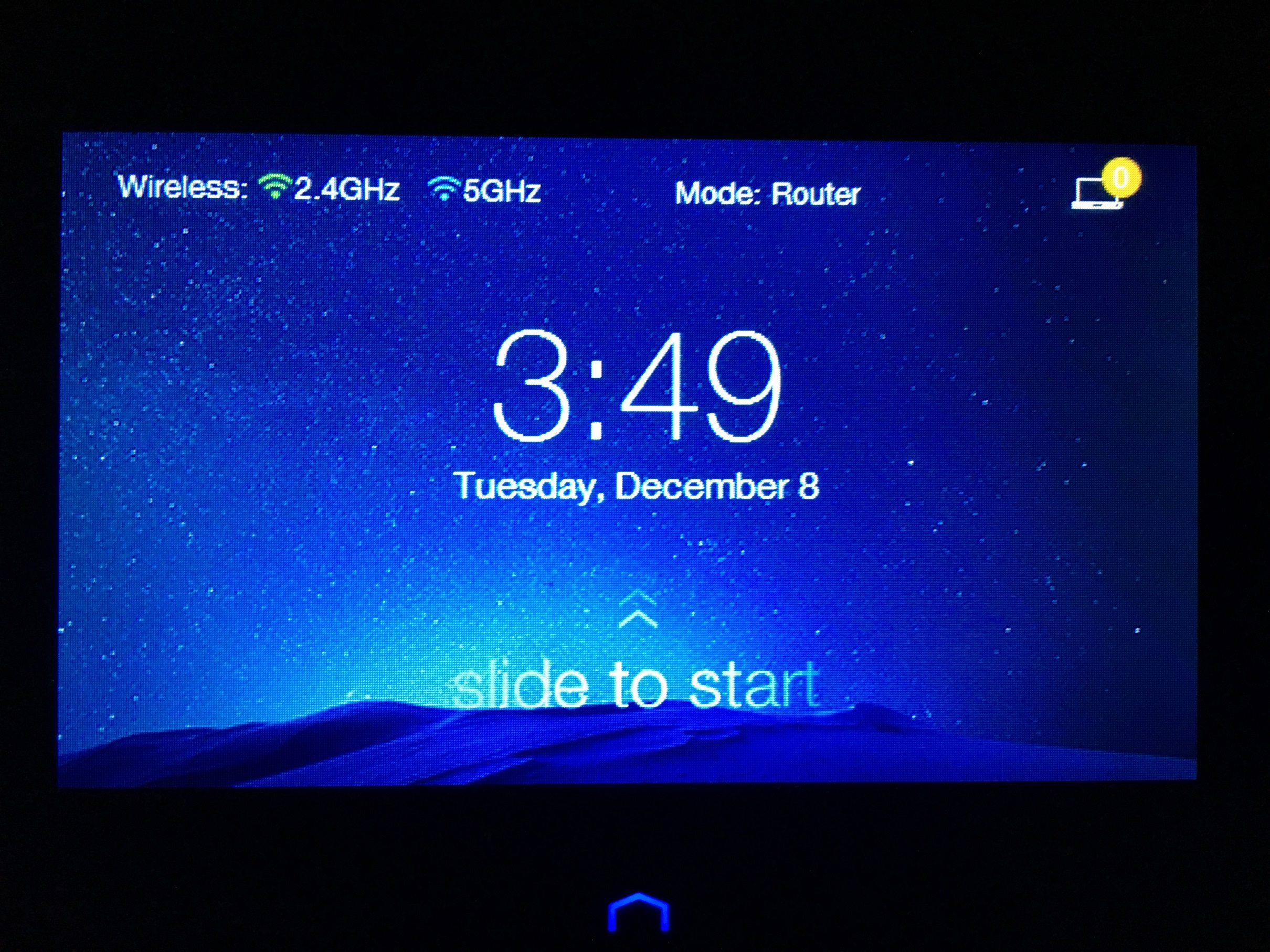
This is convenient for when you don’t want to open up a browser window on a separate computer just to tweak a setting or two, but it can also be frustrating to use if you’re trying to accomplish more complex tasks like configuring the firewall or opening specific ports. For that, you’ll need to see the traditional route of opening a browser and entering the router’s IP address.
See Also: Check out our TP Link TL MR3020 3G4G wireless N150 portable router review if you want a modem.
Features
And while the touchscreen is about as simple as it comes for setup, the backend interface accessed through a computer is just as user-friendly. Again, all the standard features are here: Quick VPN, internal firewall, parental controls, QoS configurations, and much more. Anything you’d hope for out of a home router is here in spades, and done to a level of simplicity that makes it easy for even the most technologically-challenged users to get all their personal settings loaded in an instant.
But, that’s about where it ends, unfortunately. Unlike D-Link’s “Smart Connect”, as seen in our D-Link AC3200 review, or the Linksys’ “Smart WiFi” features which will automatically gauge which devices in the house need the most bandwidth and which use the least (say a desktop vs. a mobile phone for instance), every device you add to the network will need to be personally optimized in order to get the most out of your network which – as you’ll find out in the next section – wasn’t nearly as impressive as we might have hoped.
Related: You may also want to go through our TP Link Deco review for a similar router.
Performance/Speed Tests
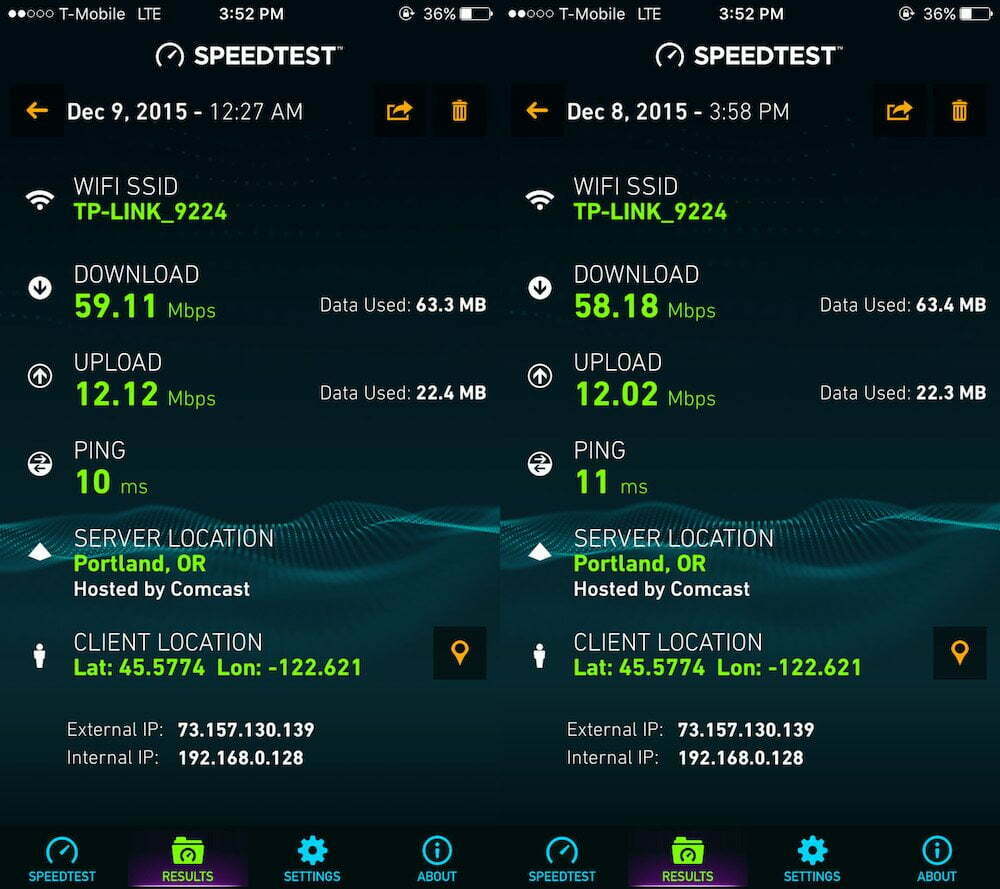
As much as we might have wanted the P5 to live up to the expectations set by similarly priced devices in its bracket, the router simply couldn’t keep up when it came to overall speed and performance.
Despite trying a number of different networks, distances, and devices, we couldn’t get the P5 to break around 60Mbps on the download, and an average of 12Mbps up. Compared to other cost-comparative routers like the AC3200 from D-Link, the loss in speed was simply too much to justify the novelty of the onboard touch screen. We often achieved twice the speed (or more) on the Linksys 1900ACS, and even general browsing habits like streaming a song or visiting a webpage took an extra couple seconds for the TP-Link to process fully in contrast to a router for gigabit internet.
Read: Best Wireless Routers 2018
Neither the 2.4Ghz or 5Ghz network could top the other, and while this spoke to consistent performance, it didn’t take away from the fact that the performance was still consistently bad.
Wrap Up
Even with its fun touchscreen and modern design aesthetics, the minor bonuses we gave points to for the P5 simply weren’t enough to gloss over its lacking performance. Across multiple testing environments and different mobile devices, the P5 continuously posted numbers that were often half or less than half of what you would get out of a router at the same price.
Signal reliability through multiple obstacles only degraded speed testing results further, making it a difficult choice for anyone who lives in a large home or shares a wall with multiple other wireless routers in the immediate vicinity. The end result is a pretty router that’s pretty poor at doing the one thing a wireless router should: streaming content to your computer, laptop, or mobile device as quickly as possible with as few packet drops as necessary. The P5 then is a case of “too much flash, not enough substance”, and hopefully the company will ditch the extra touchscreen frills next time around and put that budget towards what actually matters: raw, unadulterated performance.
Related Articles:
